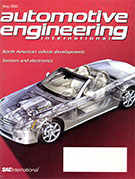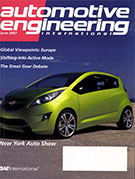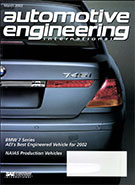Magazine

SAE Vehicle Electrification: February 11, 2014
2014-02-11
Inside the cell walls The high cost of lithium-ion batteries is a prison that has largely kept electric vehicles off the street; the keys to their release are more effective—but not more expensive—cell chemistries.



















